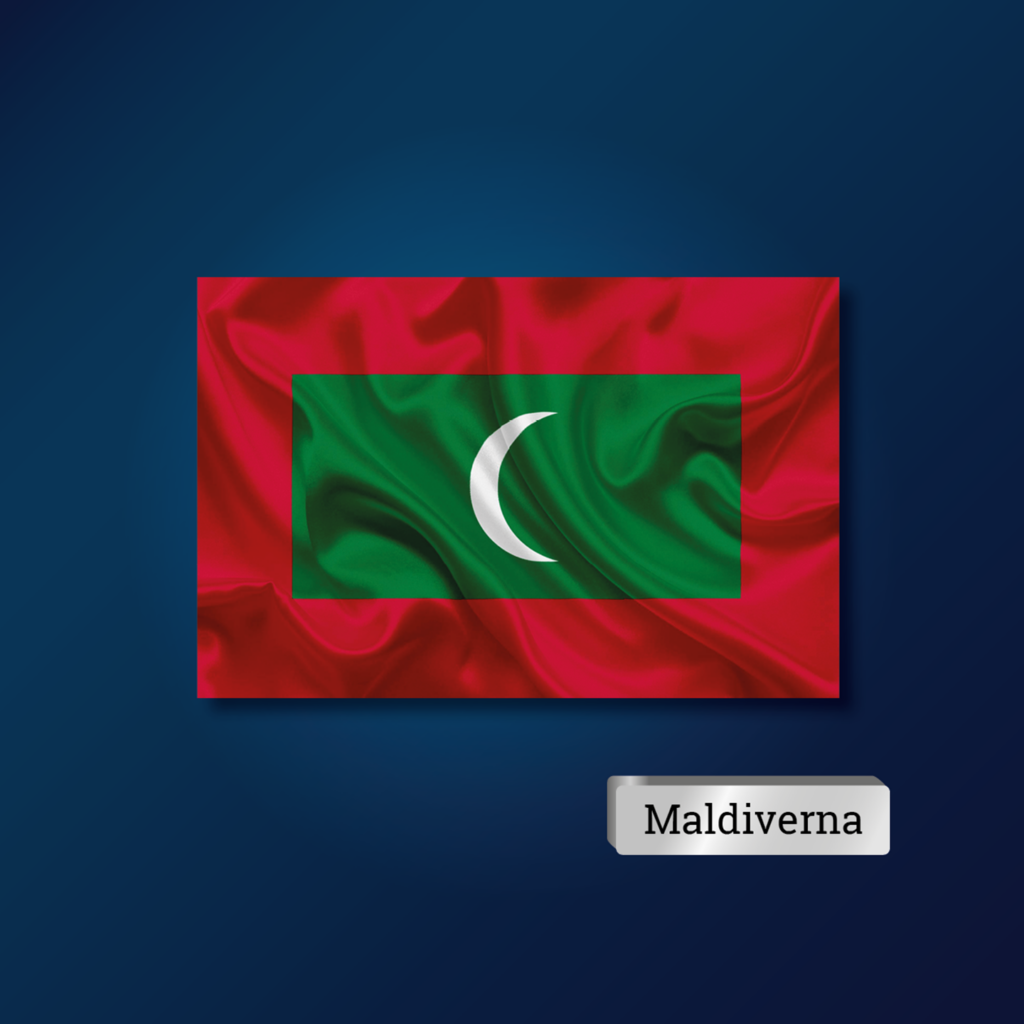One of the effects of climate change that we have not been able to entirely avoid, despite the fact that we have now reached net zero emissions, is sea level rise. Island nations such as the Maldives and Tuvalu were only a few metres above sea level in the early 2000s, and these countries, as well as coastal cities, have suffered the most from the rising sea levels.
If you were young in the mid-2020s, surely you remember the flag of the Maldives. It was placed in windows, painted on walls and projected on large buildings all across the world. By using the flag, people wanted to show their support for the Maldives and their demand that the countries historically having emitted and contributed the most to climate change take greater financial responsibility for the climate transition.
Perhaps you remember the autumn of 2026? That was when the president of the Maldives at the time gave his famous speech “Enough is enough” from a podium halfway immersed in the Indian Ocean. He announced that the Maldives would refuse to repay its debts to international lenders until the promise of $100 billion a year in climate financing was realised. Instead, the Maldives would spend every penny on adapting to a changing climate. “Enough is enough” spread like a wildfire and more and more island nations refused to pay. A year later, rich nations coughed up the billions they had promised – twenty years earlier!
The transition years were difficult for the island nations. Large land areas were lost to the ocean, and crops were destroyed as saltwater flooded the fields. Saltwater getting into freshwater reserves made several islands almost uninhabitable.
This led the island nations to demand that islanders forced to abandon their homes should receive asylum in those countries having emitted the most over time. Eventually, this was added to the Paris Agreement. Following this, many islanders moved to the United States and China, and some were received by Sweden. That is why there is an island on the Swedish west coast largely populated by inhabitants from the island nation of Tuvalu. Many tourists flock there to partake in the cool food culture known locally as island cuisine.
However, some people didn’t want to move and now remain on the islands with flood barriers, desalination facilities and planted mangrove forests.
Mangrove: Trees and bushes with their roots in brackish or saltwater in tropical or subtropical coastal regions. One of the most productive ecosystems in the world.
This text is part of the future scenario and study material Beyond the Fossil Era.
